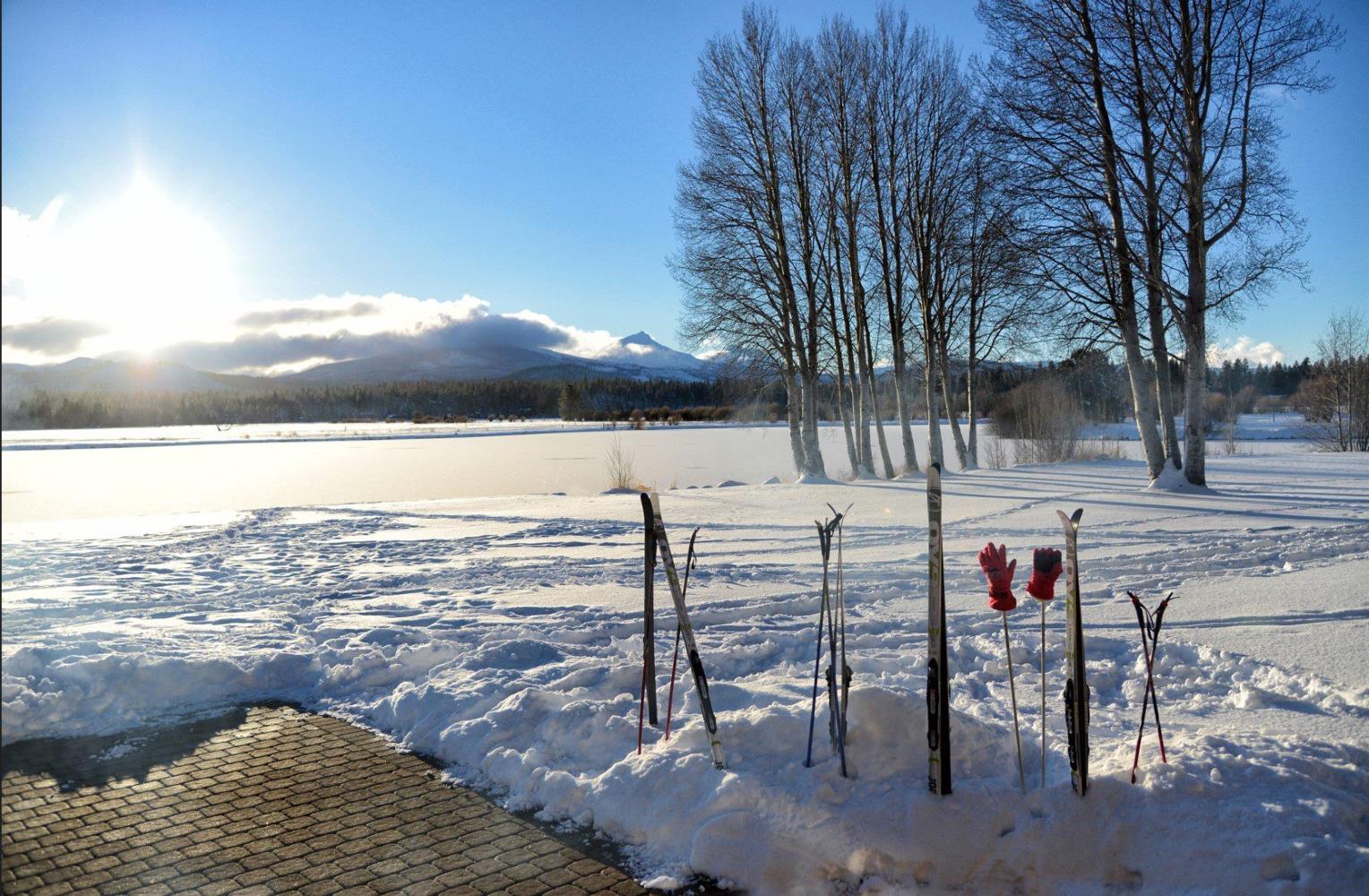
Oregon's weather is as diverse as its stunning landscapes. From the misty, evergreen forests of the coast to the arid high deserts in the east, this state offers a little bit of everything. Ever wondered why Portland gets so much rain while Bend enjoys over 300 sunny days a year? Oregon's unique geography plays a huge role in its varied climate. The Cascade Range acts as a natural barrier, creating a rain shadow effect that drastically changes weather patterns across the state. Whether you're a weather enthusiast or just curious about what makes Oregon's climate tick, these 22 fascinating facts will shed light on the quirks and wonders of the Beaver State's weather. Buckle up, because Oregon's weather is anything but predictable!
Oregon's Diverse Climate
Oregon's weather is as varied as its landscapes. From coastal rainforests to arid deserts, the state offers a wide range of climates. Here are some fascinating facts about Oregon's weather.
-
Oregon has seven distinct climate regions: Coastal, Willamette Valley, Cascade Mountains, Eastern Oregon, High Desert, Columbia Plateau, and Blue Mountains.
-
The coastal region experiences mild, wet winters and cool, foggy summers, thanks to the Pacific Ocean's influence.
-
The Willamette Valley, home to cities like Portland and Eugene, enjoys a temperate climate with wet winters and dry summers.
-
The Cascade Mountains create a rain shadow effect, leading to drier conditions in Eastern Oregon.
Rain and Snow in Oregon
Precipitation patterns in Oregon vary greatly depending on the region. Some areas receive abundant rainfall, while others see very little.
-
The coastal region can receive over 100 inches of rain annually, making it one of the wettest places in the United States.
-
Portland, located in the Willamette Valley, averages around 36 inches of rain per year.
-
Eastern Oregon, particularly the High Desert, receives less than 10 inches of rain annually.
-
The Cascade Mountains are known for heavy snowfall, with some areas receiving over 500 inches of snow each year.
Temperature Extremes
Oregon's temperatures can swing from one extreme to another, depending on the season and location.
-
The highest temperature ever recorded in Oregon was 119°F in Pendleton on August 10, 1898.
-
The lowest temperature recorded in the state was -54°F in Seneca on February 10, 1933.
-
Coastal areas rarely experience temperatures above 80°F or below freezing, thanks to the moderating influence of the ocean.
-
The Willamette Valley can see summer temperatures in the 90s, while winter temperatures often hover around freezing.
Unique Weather Phenomena
Oregon's diverse climate leads to some unique and interesting weather phenomena.
-
The Columbia River Gorge is known for its strong winds, which can reach speeds of over 100 mph.
-
Oregon experiences a phenomenon known as "Silver Thaw," where freezing rain coats everything in a layer of ice.
-
The state is prone to occasional thunderstorms, particularly in the summer months.
-
Oregon's High Desert region can experience dramatic temperature swings, with daytime highs in the 90s and nighttime lows in the 30s.
Impact of Climate Change
Like many places, Oregon is experiencing the effects of climate change, which is altering weather patterns and impacting the environment.
-
Average temperatures in Oregon have increased by about 2°F over the past century.
-
Snowpack levels in the Cascade Mountains have decreased, affecting water supply for the state.
-
Wildfire seasons have become longer and more intense, with larger and more frequent fires.
-
Coastal erosion is becoming a significant issue as sea levels rise and storm intensity increases.
Fun Weather Facts
Oregon's weather isn't just about rain and snow; there are some fun and quirky facts too.
-
Oregon is home to the world's smallest park, Mill Ends Park in Portland, which measures just 452 square inches and has its own microclimate.
-
The state has more ghost towns than any other state, many of which were abandoned due to harsh weather conditions.
Oregon's Weather: A Fascinating Mix
Oregon's weather is as diverse as its landscapes. From the rain-soaked forests of the coast to the sunny high deserts, there's something for everyone. The Willamette Valley gets its fair share of rain, making it perfect for lush vineyards and farms. On the other hand, Eastern Oregon experiences more extreme temperatures, with hot summers and cold winters.
Mount Hood offers year-round skiing, thanks to its unique climate. The Columbia River Gorge is a windsurfing paradise due to its strong winds. Each region has its own unique weather patterns, making Oregon a state of contrasts. Whether you're a fan of rain, snow, or sunshine, Oregon's got you covered.
Understanding these weather facts can help you plan your next adventure, whether it's hiking, skiing, or just enjoying the great outdoors. So, pack accordingly and enjoy all that Oregon has to offer!
Was this page helpful?
Our commitment to delivering trustworthy and engaging content is at the heart of what we do. Each fact on our site is contributed by real users like you, bringing a wealth of diverse insights and information. To ensure the highest standards of accuracy and reliability, our dedicated editors meticulously review each submission. This process guarantees that the facts we share are not only fascinating but also credible. Trust in our commitment to quality and authenticity as you explore and learn with us.


